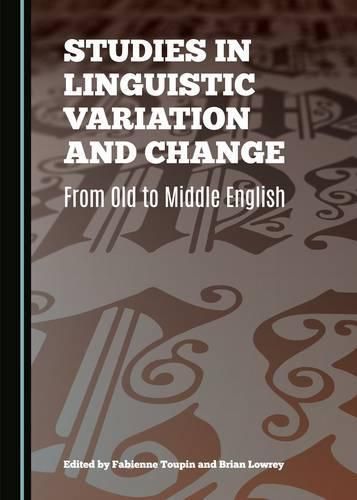Readings Newsletter
Become a Readings Member to make your shopping experience even easier.
Sign in or sign up for free!
You’re not far away from qualifying for FREE standard shipping within Australia
You’ve qualified for FREE standard shipping within Australia
The cart is loading…






This book comprises a series of studies by a number of scholars working on what might broadly be termed the medieval period of the history of English, focusing on Old English, Middle English, and the relatively less well-documented period of transition from the former to the latter. The volume brings together contributions not only from a variety of fields, ranging from semantics and syntax to prosody and phonology, but also from different theoretical standpoints, in order to improve the reader’s understanding of the rapid changes that affect the language at this time. The collection of papers here should be of interest to all scholars and students working on Old or Middle English, as well as to students of historical linguistics in general, given that many of the processes and methodological parameters described here will prove to be directly applicable to the study of other periods and of other languages.
$9.00 standard shipping within Australia
FREE standard shipping within Australia for orders over $100.00
Express & International shipping calculated at checkout
This book comprises a series of studies by a number of scholars working on what might broadly be termed the medieval period of the history of English, focusing on Old English, Middle English, and the relatively less well-documented period of transition from the former to the latter. The volume brings together contributions not only from a variety of fields, ranging from semantics and syntax to prosody and phonology, but also from different theoretical standpoints, in order to improve the reader’s understanding of the rapid changes that affect the language at this time. The collection of papers here should be of interest to all scholars and students working on Old or Middle English, as well as to students of historical linguistics in general, given that many of the processes and methodological parameters described here will prove to be directly applicable to the study of other periods and of other languages.